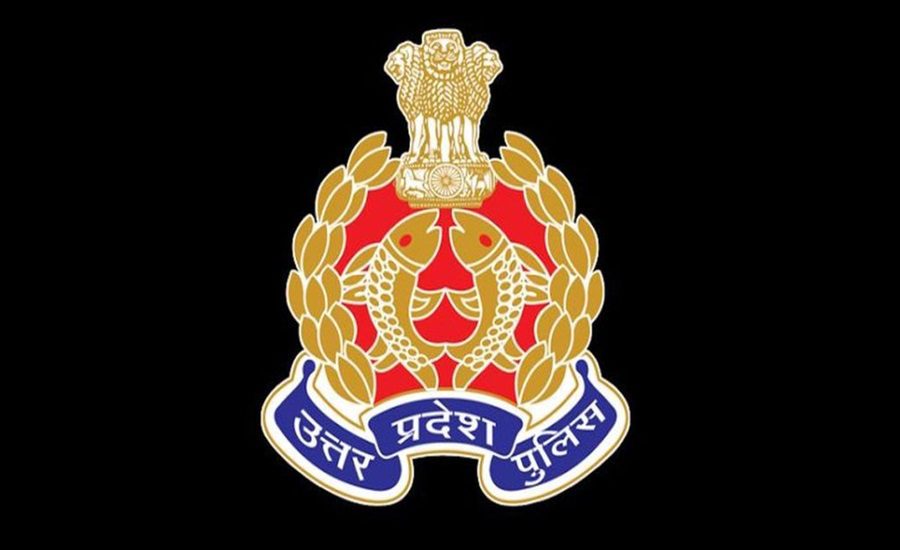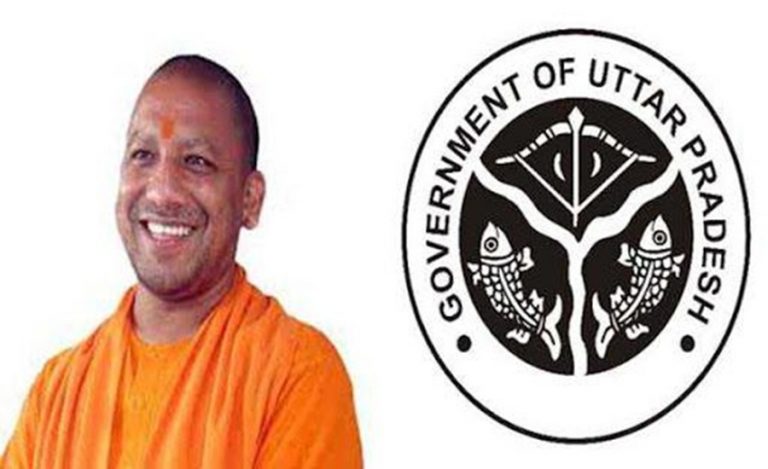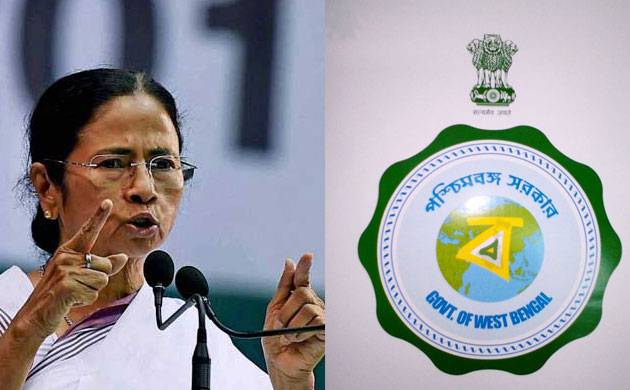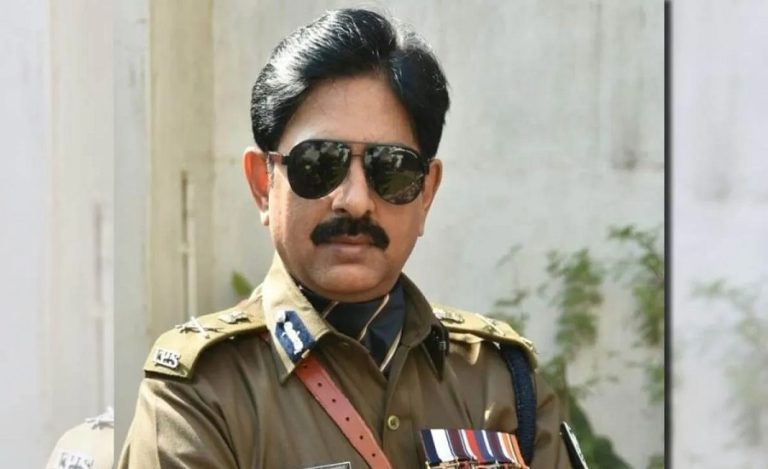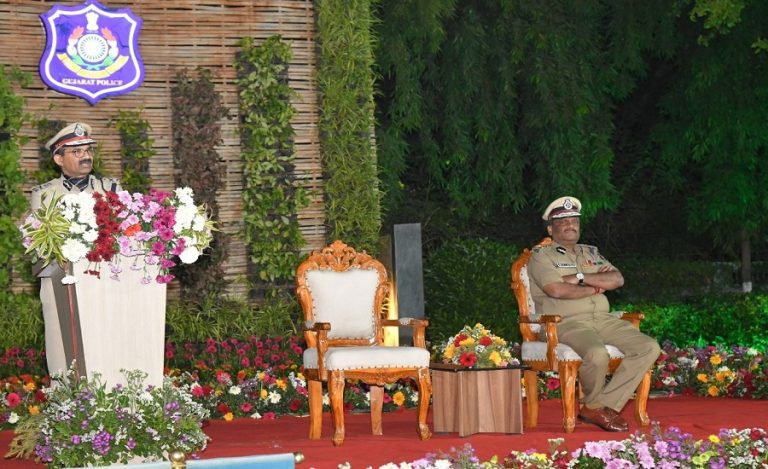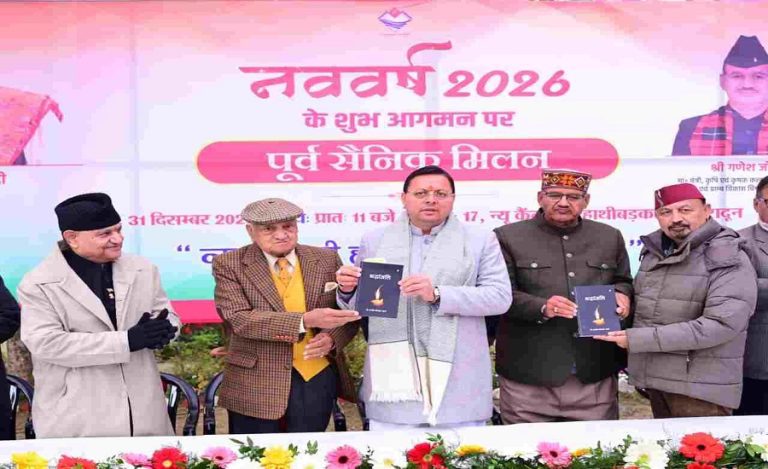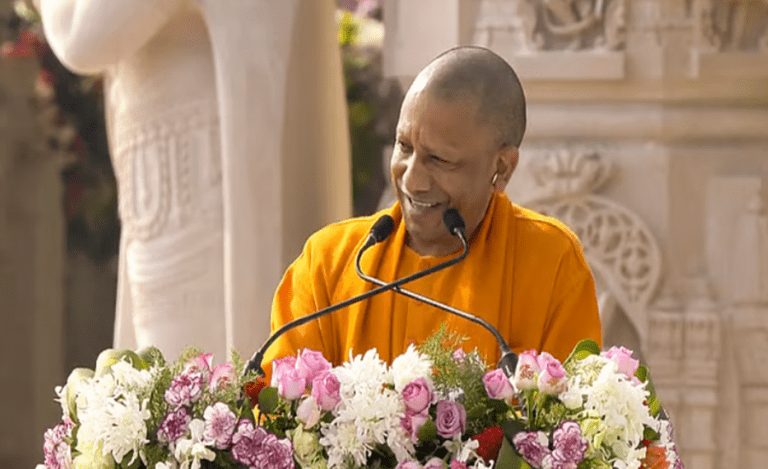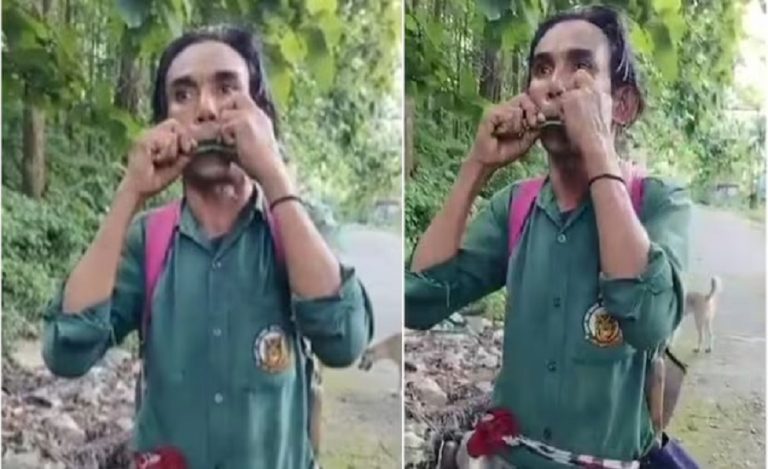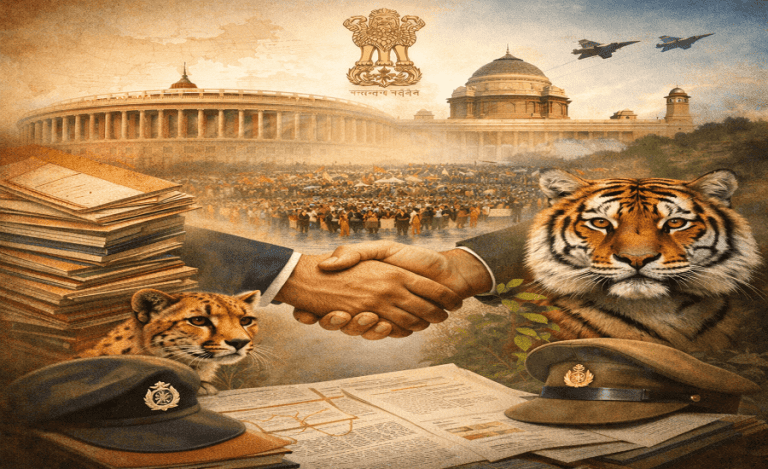Lucknow: In a bold reflection of its “zero-tolerance” stance on crime, Uttar Pradesh Police has carried out a staggering 14,973 encounters since 2017, leading to the arrest of over 30,000 criminals. According to Director General of Police Rajeev Krishna, the operations have resulted in the deaths of 238 fugitives and gunshot injuries to 9,467, mostly in the leg to incapacitate rather than kill.
Crime Crackdown: Massive Numbers, Regional Impact
The DGP, while addressing the media, said that the campaign—initiated under the leadership of Chief Minister Yogi Adityanath—aimed at re-establishing the rule of law in the state.
“Since 2017, our clear message has been that criminals have no place in Uttar Pradesh. They must give up crime or leave the state,” DGP Krishna stated.
He further highlighted the regional impact of the anti-crime operations:
- Meerut Zone: Highest number of actions, with 7,969 arrests and 2,911 injured
- Agra Zone: 5,529 arrests, 741 injured
- Bareilly Zone: 4,383 arrests, 921 injured
- Varanasi Zone: 2,029 arrests, 620 injured
In the Commissionerate areas:
- Gautam Buddh Nagar led with 1,983 arrests and 1,180 injured
- Ghaziabad: 1,133 arrests, 686 injured
- Agra Commissionerate: 1,060 arrests, 271 injured
Guidelines for Transparency in Encounters
In response to public scrutiny and allegations of misuse, the Uttar Pradesh Government introduced new guidelines in 2024 to enhance transparency and accountability in police encounters.
Key reforms include
- Mandatory videography of the encounter site
- Postmortem by a two-doctor panel, also to be videographed
- Forensic Science Laboratory (FSL) examination of the site
- Investigation to be handled by officers of higher rank and outside the involved jurisdiction
- Immediate intimation to kin of the deceased
- Surrender and examination of weapons used in the encounter
These changes aim to eliminate misuse and ensure that every police action stands up to legal and ethical scrutiny.
Modernisation and Training of UP Police
Highlighting improvements in policing infrastructure, the DGP noted that the state has invested heavily in modernising weaponry and providing advanced tactical training to police forces.
“Thanks to these strict policies and continuous campaigns, Uttar Pradesh is now considered one of the safest states in India,” Rajeev Krishna stated.
A Political and Policing Strategy
Since Yogi Adityanath assumed office in 2017, crime control has been a core part of his governance model. The encounter policy has drawn both praise for restoring order and criticism for alleged human rights concerns. Nonetheless, state police data points to a drastic drop in the activities of known gangsters and repeat offenders.
Observers say the data reflects a high-risk, high-impact policing model, focused on deterrence and swift justice—though critics argue that long-term safety also depends on judicial reform, surveillance systems, and community policing.

